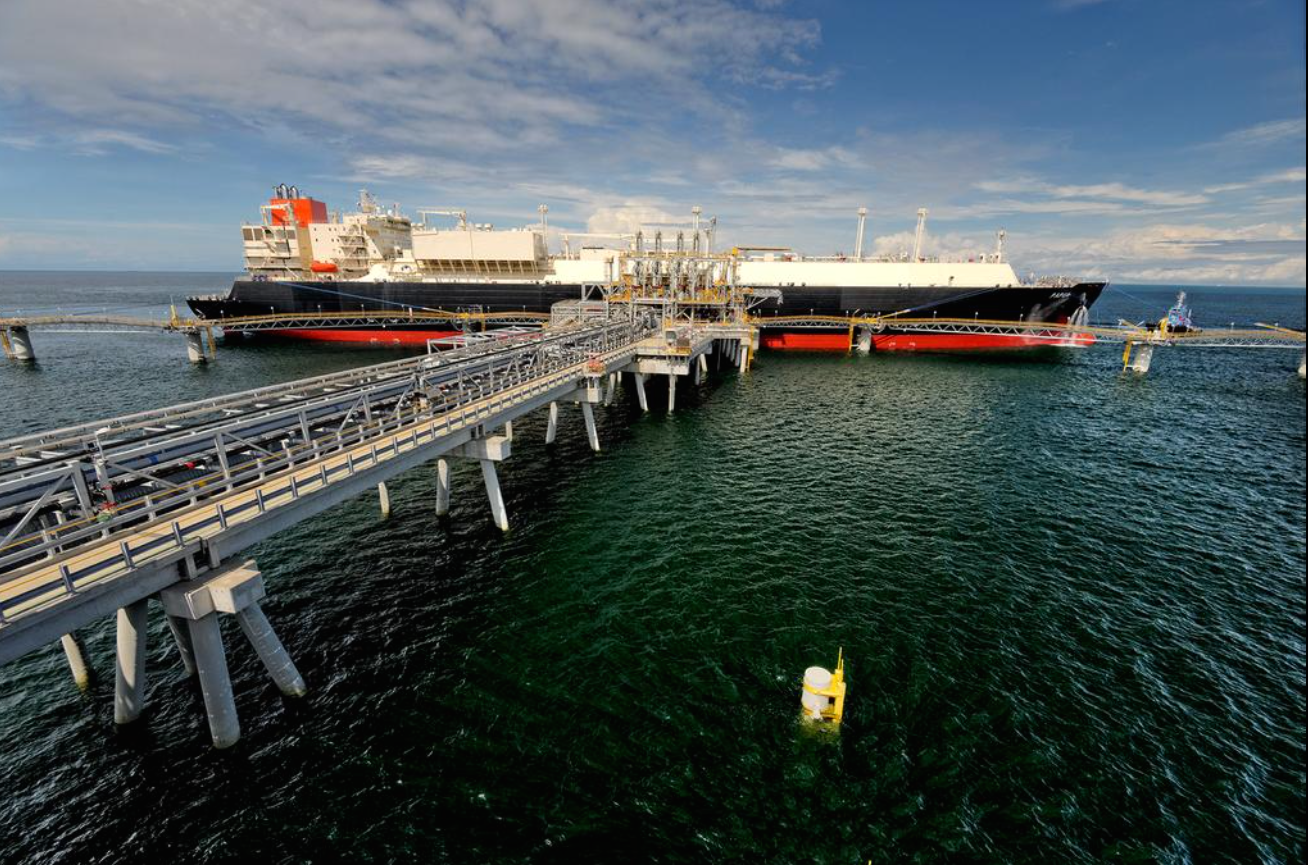
Local export facility:
As the U.S embarks on the future of exporting LNG to local and distant countries, the U.S will have to follow some of the current acts along with their revisions. By US exporting LNG in the market, it will create new jobs and better efficient LNG terminals that will change the economy in different nations for the better.
Figure 1 [2]
Using Hawaii as a model, they will need LNG Transport tankers that are small because of their low energy demand. The smallest tanker will be less than 35,000 cubic meters (cbm) and there are roughly ten of these tankers. [2] Hawaii’s low energy demand is a result of their high energy efficiency, and low population compared to other states. Hawaii will turn to LNG because it is a more viable option than their current source of power, which is underwater power lines run from the United States. Bringing LNG industry to Hawaii will introduce a stimulant into the economy. This will lead to more jobs and lower unemployment rates state wide. LNG importation can cause problems locally because not all will approve of a LNG terminal being built along the coastal waters. This is due to the fact people will say that the LNG terminals will endanger the marine life and also produce GHG emissions that are not as low as renewable sources.
Figure 2 [2]
When considering the different types of LNG transporting ships, the Articulated Tug and Barge will be the most beneficial compared to the usual tanker. The ATB’s are more economic, and more efficient than traditional LNG Importing boats. [2] The increased efficiency of the ATB, provides a smaller Carbon Footprint than the standard tanker, and it’s a cheaper option. By switching to the ATBs the LNG industry can expect to gain small favor in the local communities for placing importance on price and environmental impact.
When taking into consideration the environmental impacts of transporting and producing LNG, many issues arise to the surface. However, when comparing to diesel power generation, the main source of power generation in Hawaii, LNG seems to be a more sufficient fuel source as you can see below in chart. Although you cannot ignore that it produces high yield greenhouse gas emissions in the form of methane, when compared to other natural gas fuels. Since methane is considered to be one of the most dangerous greenhouse gas emissions, environmental conscious local residents will uneasy feelings of their future health around these facilities. But by switching from diesel to LNG, the local atmospheric quality should improve due to less CO2 emissions.
Figure 3 [2]
National export facility:
The global demand for LNG is different for all countries that are trying to import LNG as a fuel supplement in order to make a change in cleaner energy. Using India as a model for a national importer and using the United States as the national exporting country, we expect positive social impact throughout the LNG supply chain.
Figure 4 [1]
If US is allowed to export to India, this will be beneficial for both nations in energy and job security. In order for LNG to become competitive source of energy in power generation, India will have to adopt the recommendation of the Rangarajan Committee that will raise the APM gas which is currently at US $4.20 / million British Thermal Units (MMBTU). LNG (spot price) falls between $9.0 - $20.6 / MMBTU and LNG (long term contract prices) falls between $6.24 - $13.28 / MMBTU. The scenario that the Rangarajan Committee will implement will have a complex gas pricing formula that will make LNG competitive with domestic gas by raising the APM gas cost gradually until it becomes double the cost which will be US $8.40 / MMBTU. [1] By following the Rangarajan Committee’s suggestion, LNG will become an economically competitive and India will have the opportunity to transition to a cleaner alternative fuel. The impacts of this transition, is the increased demand on India’s natural gas sources, which will include increased LNG volumes. Besides implementing the complex formula, India is working on making their regasification more efficient along with building new regasification sites that are under construction. [1]
Figure 5 [1]
India currently only has 4 regasification terminals at Dahej, Hazira, Dhabhol and Kochi with combined capacity of 21.10 Million Metric Tonne Per Annum (MMTPA). However, by 2030 it will increase to 58.00 MMTPA so leaving an additional requirement of 70.00 MMTPA of regasification capacity to be built. This increased need for LNG infrastructure will lead to stronger economy and higher employment rates.
Figure 6 [5]
The downside to this, is the fact that LNG is not cleaner than Conventional Natural Gas sources, but because India lacks the infrastructure to transport natural gas via pipeline, LNG is a more viable source of Natural Gas. The social implications of this also include local and national concerns in increased pollution from Greenhouse Gases. Yet since India’s main source of power generation comes from coal, LNG even though its less environmentally friendly than conventional Natural Gas, it is still Double as clean as coal. According to the table below the process and transportation of LNG is the highest among the fuel sources in India. As India continues to drive to improve its energy portfolio and increase its greenhouse gas emissions, LNG will continue to be a greener option.
Figure 7 [4]








